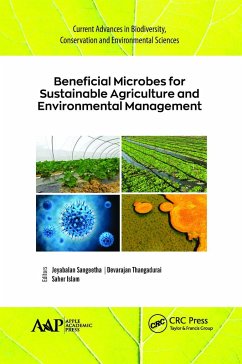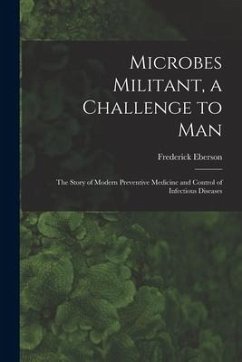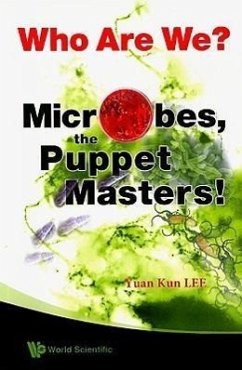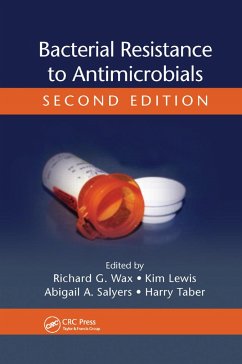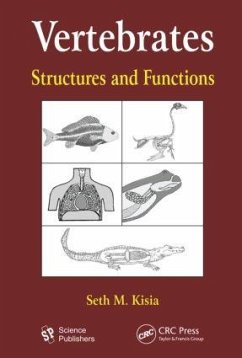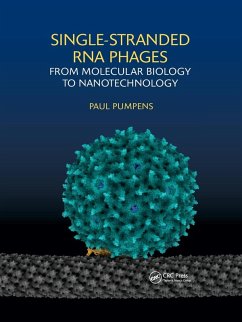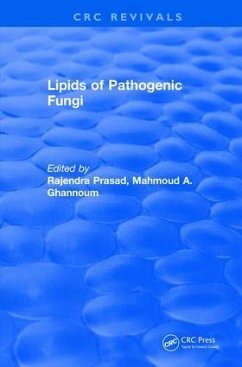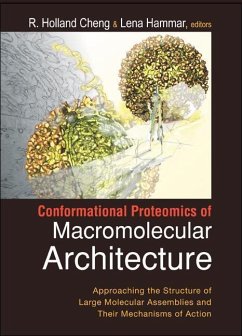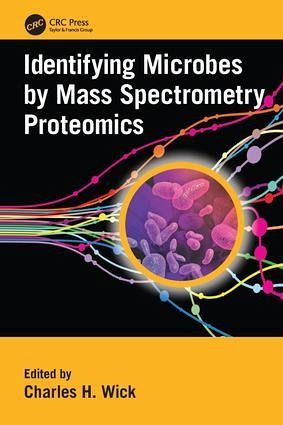
Identifying Microbes by Mass Spectrometry Proteomics
Versandkostenfrei!
Versandfertig in 1-2 Wochen
101,99 €
inkl. MwSt.

PAYBACK Punkte
51 °P sammeln!
This book is a comprehensive resource on using mass spectrometry proteomics (MSP), a powerful new technique combining hardware and software, as a highly accurate means for the detection, identification, and classification of microbes including unknown or unsequenced bacteria, viruses, and fungi. Chapters describe various mass analyzers, methods for analyzing MS data files, genomic approaches, sample collection and processing, software and bioinformatics, and examples of application of the method. This book also surveys commercially available MS-based platforms suitable for MSP and discusses fu...
This book is a comprehensive resource on using mass spectrometry proteomics (MSP), a powerful new technique combining hardware and software, as a highly accurate means for the detection, identification, and classification of microbes including unknown or unsequenced bacteria, viruses, and fungi. Chapters describe various mass analyzers, methods for analyzing MS data files, genomic approaches, sample collection and processing, software and bioinformatics, and examples of application of the method. This book also surveys commercially available MS-based platforms suitable for MSP and discusses future trends in these groundbreaking techniques.





